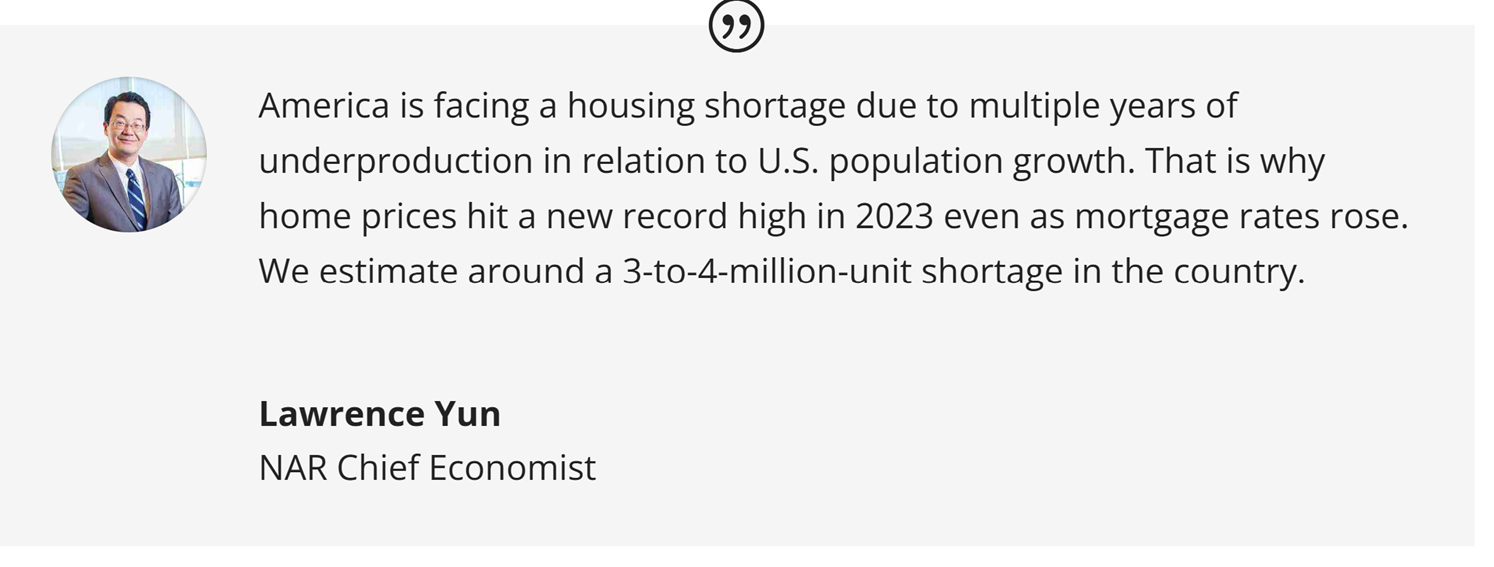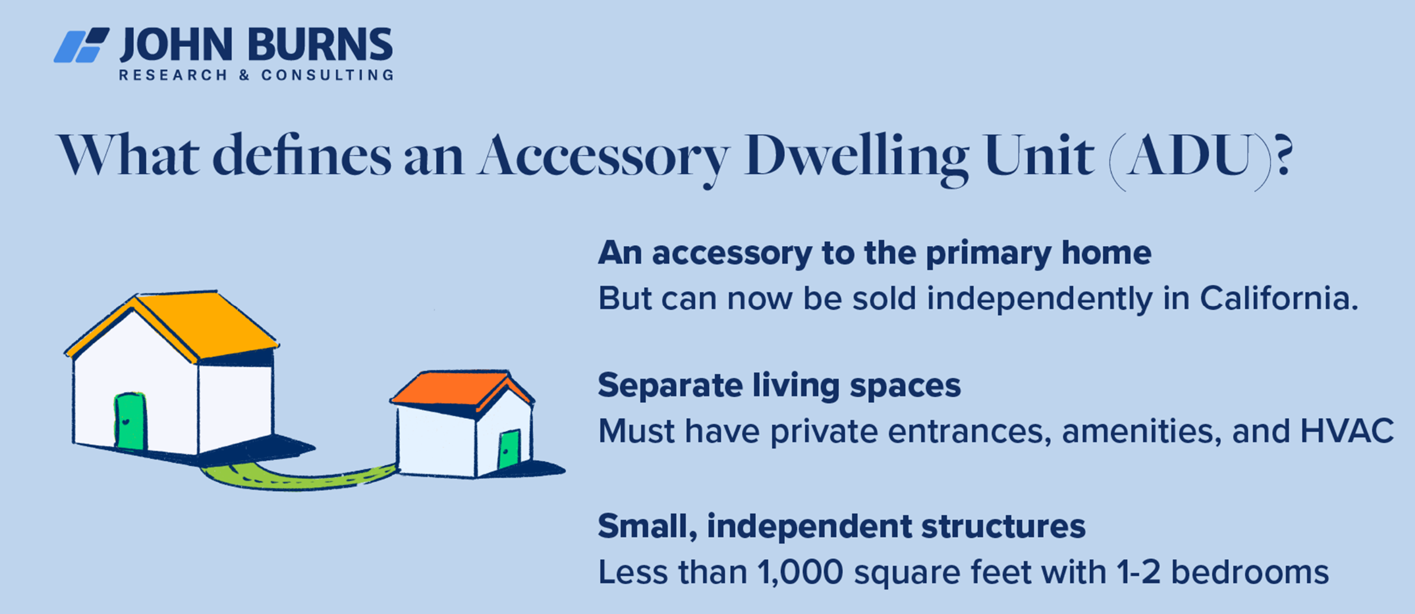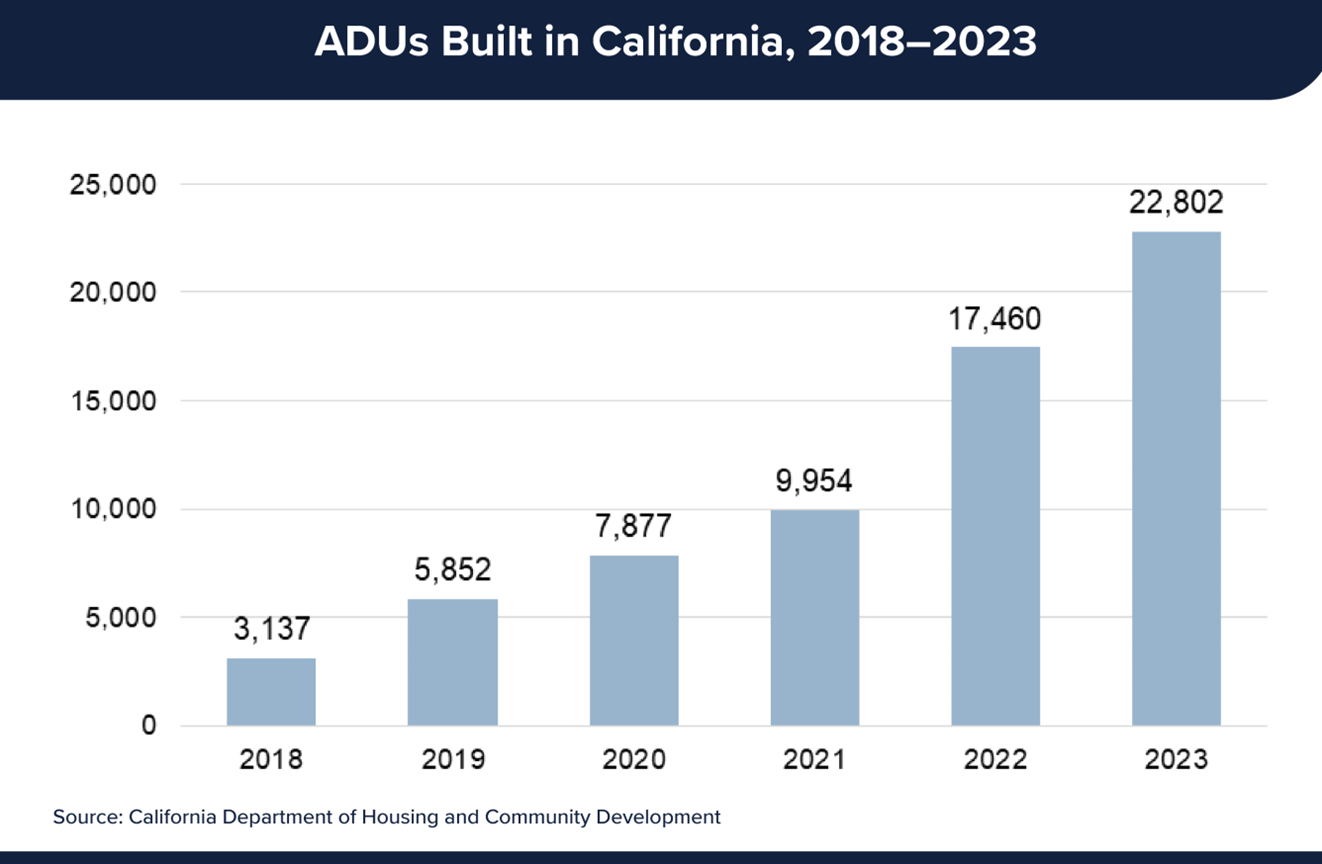Are Accessory Dwelling Units a Solution for Affordable Housing?

Housing affordability is a top-tier issue for Americans. It is commonly referenced and discussed, but with few solutions in place that actually work. In some parts of the country, housing affordability has reached a crisis level and dominates market dynamics. The situation we are in today is the result of the Great Financial Crisis and years of underbuilding that followed.

Source: https://nowbam.com/u-s-housing-gap-hits-7-2-million-after-more-than-a-decade-of-underbuilding/
What is an ADU? If you are not familiar with the acronym, it stands for Accessory Dwelling Unit. An Accessory Dwelling Unit (ADU) is a secondary residential unit built on the same lot as an existing single-family home. They are also referred to as Carriage Homes, Granny Flats, In-Law Suites, Backyard Cottages, and Ohana units (a Hawaiian term). The city of Chattanooga labels them as Accessory Dwelling Units, so we will reference them as ADUs for this writing.
ADUs are smaller structures (typically 700 to 800 square feet is allowed) and this is generally an exception to single-family zoning that allows one dwelling only. Some city ordinances allow them to be attached to the existing home and may allow conversion of a portion of the existing home, such as a basement or garage.

Source: https://jbrec.com/insights/adu-accessory-dwelling-unit-boom-no-help-for-affordable-housing-crisis/
ADUs have gained traction as a compelling solution in high-cost areas, such as California, where land cost is significantly more expensive. California is currently the leader in ADUs and have recently ruled they can be sold independently from the primary dwelling. This ruling may provide needed supply of smaller, new construction homes at lower price points.

In 2022, Chattanooga passed a city-wide ordinance allowing ADUs. Initially, it was limited to 700 square feet but later increased to 800 square feet. The traditional lot setbacks and parking requirements are relaxed for ADUs. Chattanooga does not allow the ADU to be sold separately from the lot. As more are built and eventually resold, we will gain better understanding of the value they create related to resell value.
Most city ordinances restrict the number of ADUs to one per dwelling and only allowed with single-family homes (no condos, townhomes, multi-family properties). Some cities require the owner must owner occupy one of the dwellings, but many cities allow a non-owner occupant in both homes. The ADU is generally required to have its own address and many cities allow both a new single-family home and ADU to be constructed simultaneously.
Accessory Dwelling Units offer flexibility including multi-generation households, rental units, guest homes, and home offices. It offers an efficient use of existing developed land and public infrastructure. It may provide the opportunity to care for elderly or disabled family members while maintaining an independent living arrangement. Given the high number of baby boomers and increased cost of assisted living facilities, this option may offer a more cost-effective care situation for our aging population.
ADUs will not single-handedly solve the affordable housing issue, but it is a great compliment to neighborhoods and allows the creation of smaller, new construction homes in areas where additional lots may not be available.
Relatively few ADUs have been built in Chattanooga, but this may change as the subject gains national attention and residents become aware of the potential. The Chattanooga Housing Plan includes recommendations to improve zoning for soft density and provide best practice examples and standard plans for ADUs and to encourage lenders to expand construction financing. While it is a relatively new program, it will be interesting to see if permits increase. Multi-family apartments are common renter options, but the ADU market may be an untapped segment that will have strong demand from Chattanoogans that desire a more affordable single-family rental.